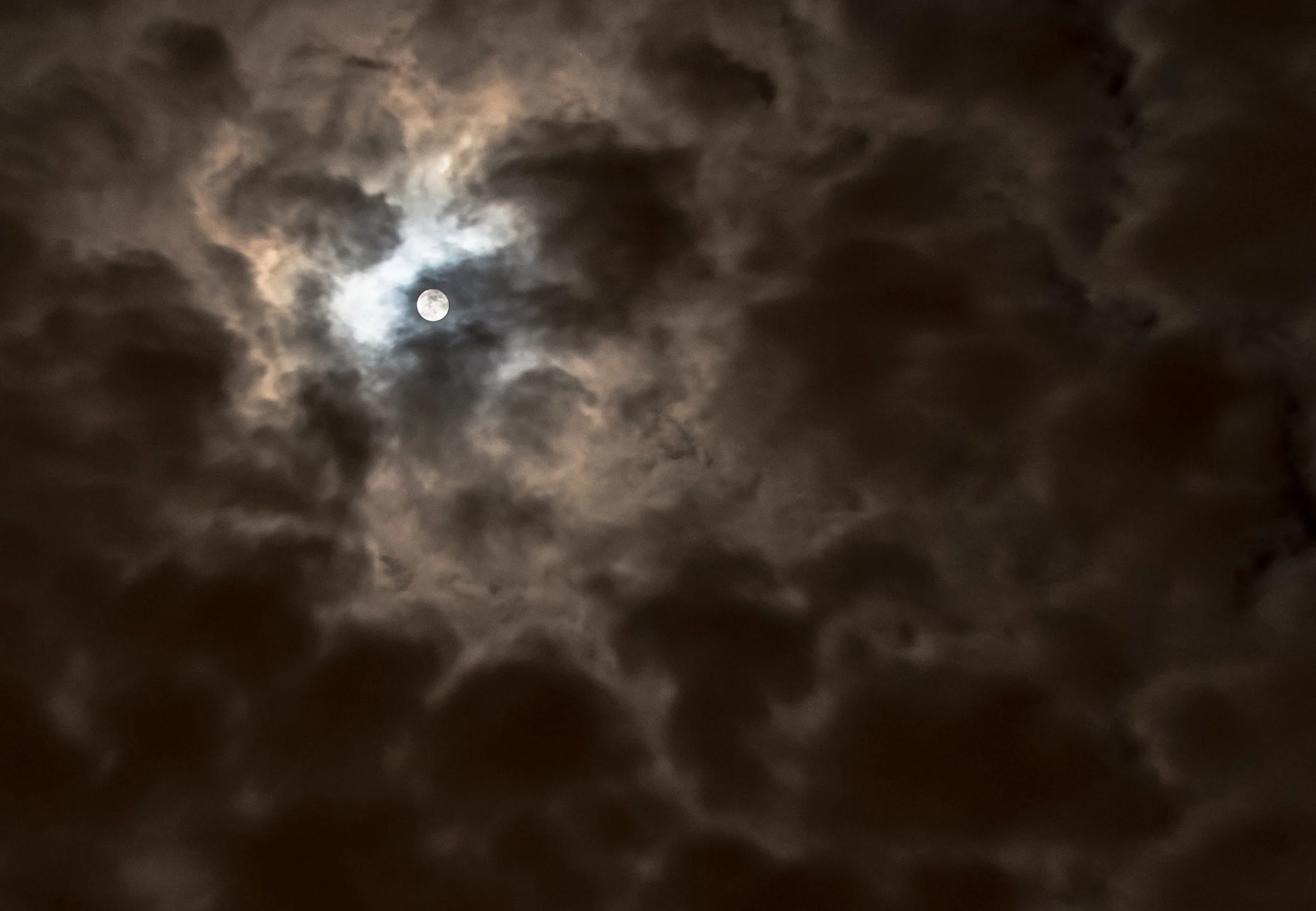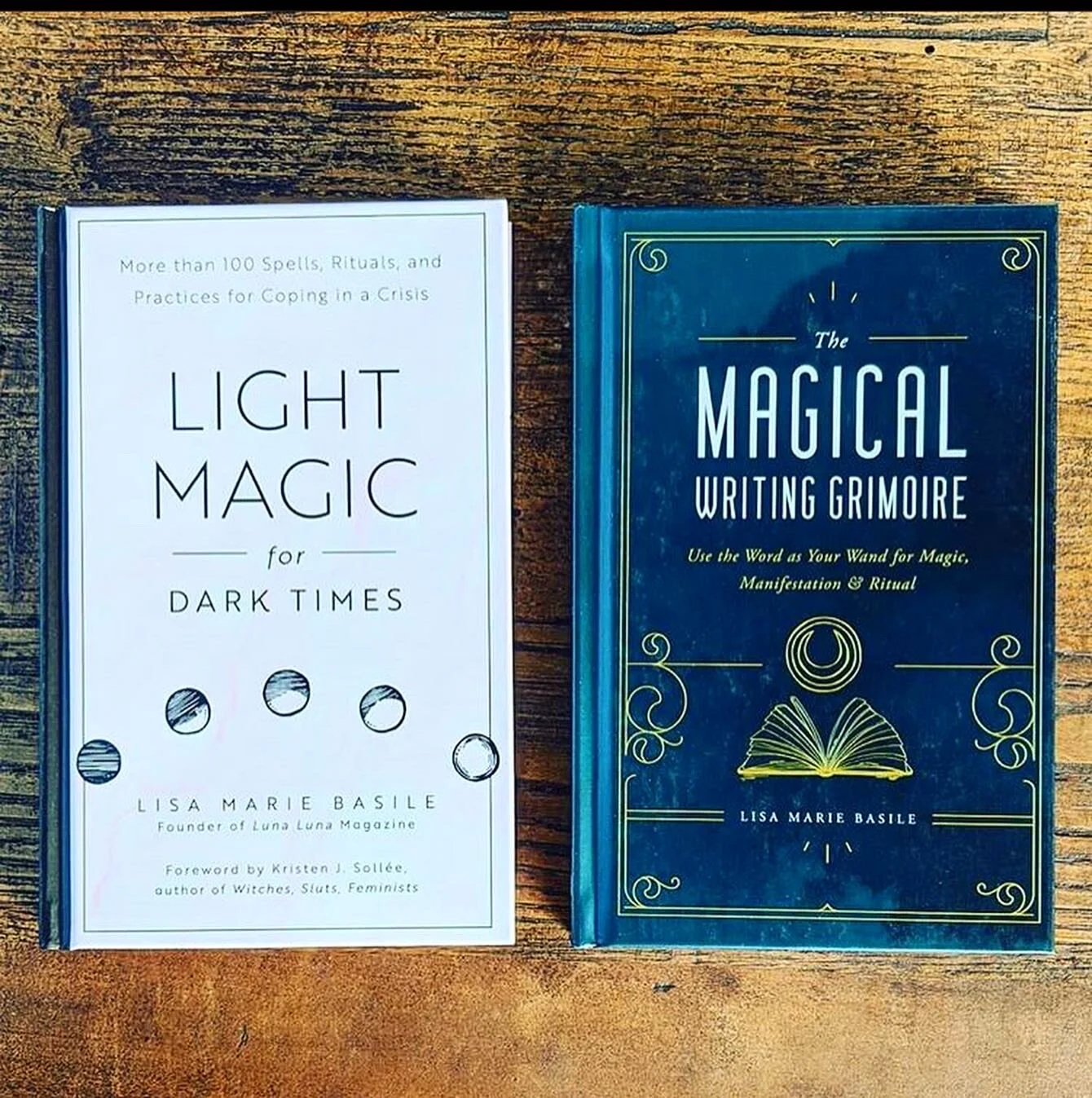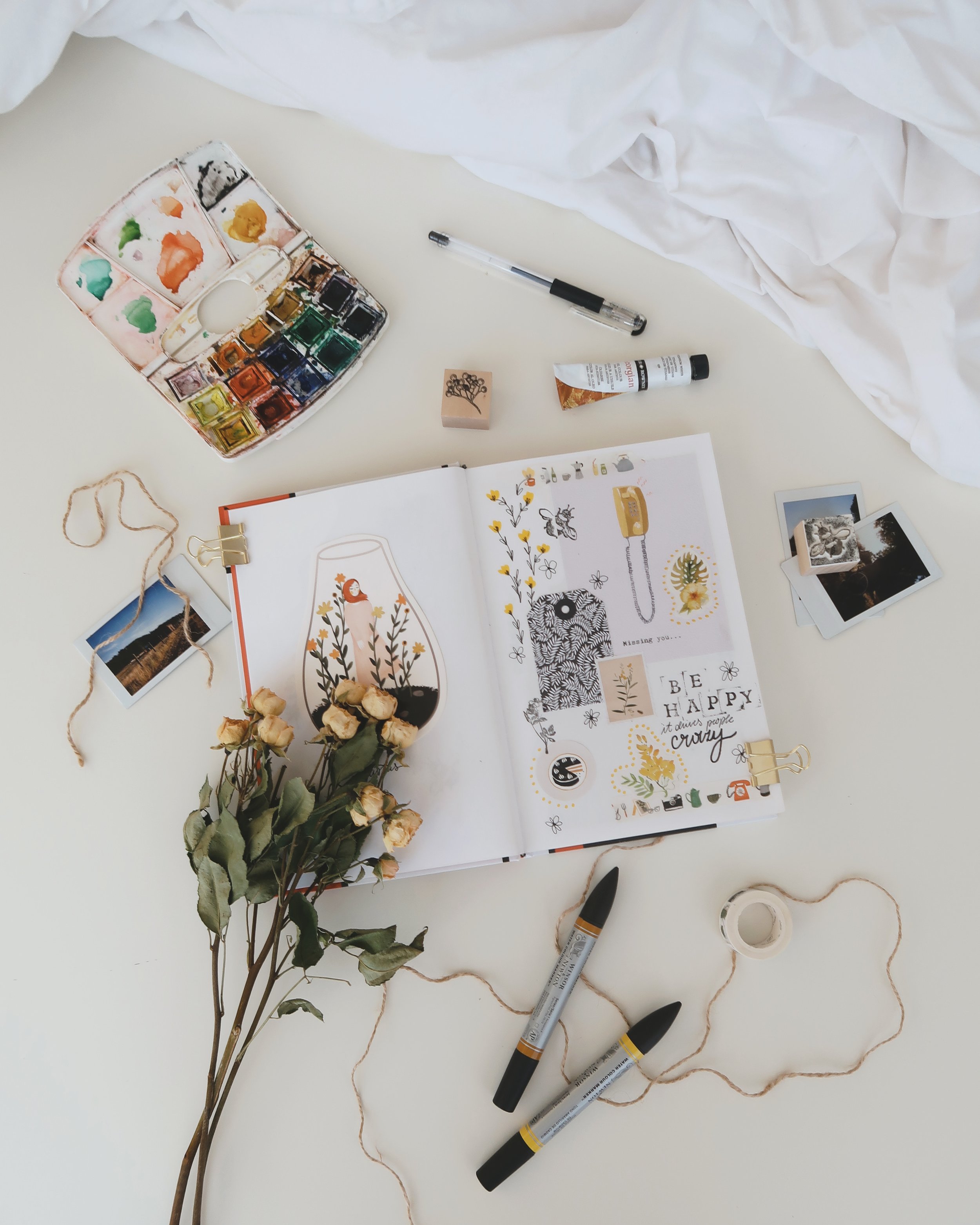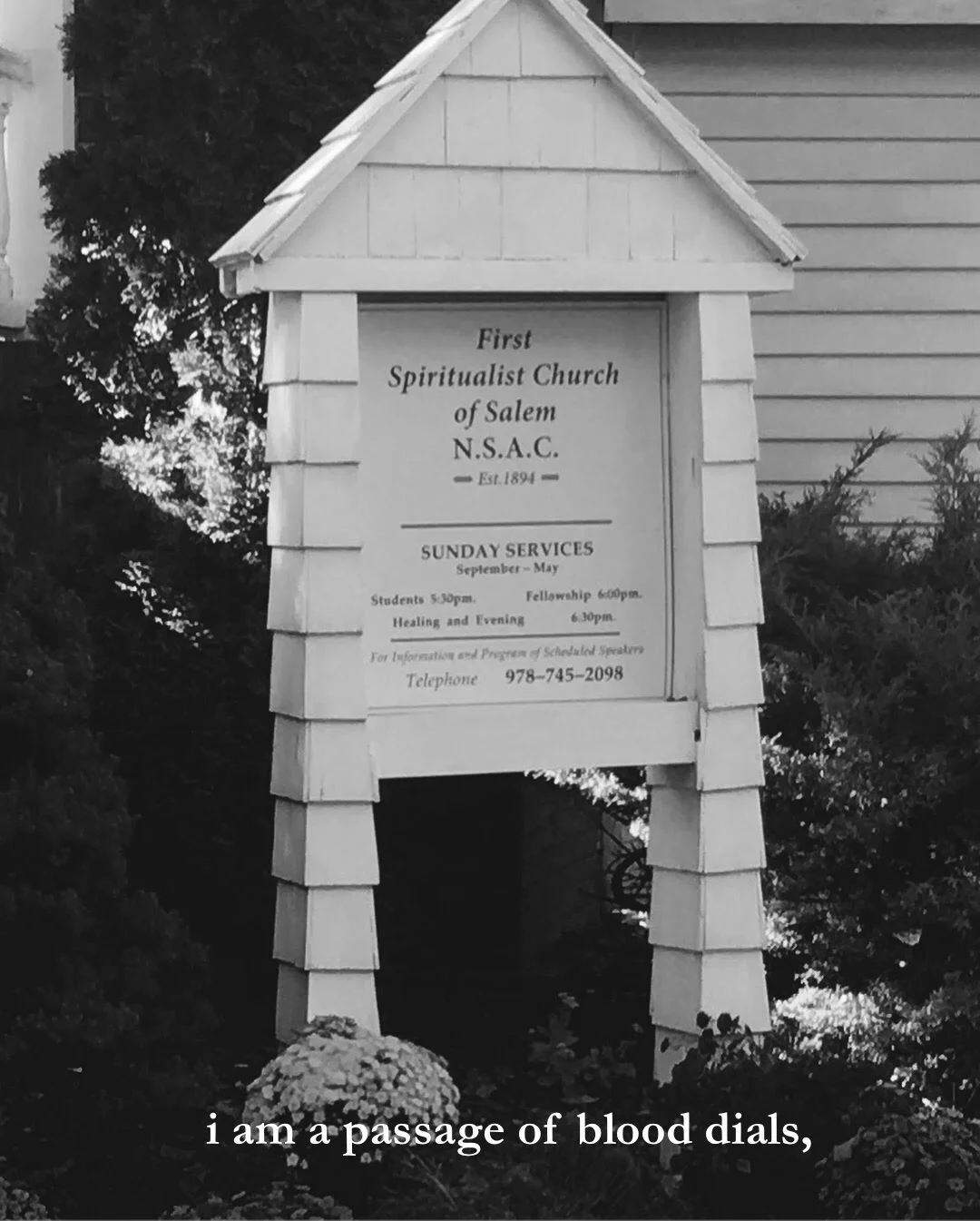Cecilia Llompart was born in Puerto Rico and raised in Florida. Her first collection, The Wingless, was published by Carnegie Mellon University Press in the spring of 2014. She is the recipient of two awards from the Academy of American Poets, and her work has been included or is forthcoming in anthologies by University of Akron Press, University of Georgia Press, Carnegie Mellon University Press, Jaded Ibis Press, and Minor Arcana Press. Her poems have also appeared in Gulf Coast, TriQuarterly, The Caribbean Writer, and WomenArts Quarterly Review, to name a few, and have been featured online on poets.org, Verse Daily, Inknode, and Occupy Poetry. As a translator, she has worked or is working with American poets to see their work into Spanish, as well as with poets from Bolivia, Mexico, Peru, Puerto Rico, and Uruguay to see their work into English.
Read MorePhoto credit: still from The Texas Chainsaw Massacre (1974)
24 Hours Of Halloween: Poems By Jeffrey Hecker
Before terrorists can slay my family at our breakfast
Read MoreOn Sylvia Plath, The Tarot And Bad College Writing
BY PATRICIA GRISAFI
The file name is embarrassing enough: “Sylvia Plath and My Fabulous Genius Paper.” The essay itself is excited, earnest, overblown, quick on impressions - in essence, a typical college English paper written by an enthusiastic fan. But I look back at this sloppy, eager mess of words with kindness and generosity, as it’s probably one of the most sincere documents I’ve ever written - and a genuine attempt at self-discovery.
The actual title of the essay is less mortifying than its file name: “Sylvia in the Lion’s Mouth: Symbolic Transformation and Rebirth in ‘Ariel.’” A long-time Plath reader and budding scholar, I spent hours in the college library making exciting discoveries about her life. One day, I learned that Plath practiced the Tarot. Although I had observed Tarot imagery in poems like “Ariel,” “Daddy,” “The Hanging Man,” and others, I hadn’t known that Plath and husband Ted Hughes used tarot cards, the Ouija board, and divining tools to help foster creativity. So, for my sophomore college poetry class, I decided to write an essay on Plath and the Tarot, specifically lion imagery in “Ariel.”
Perched on my desk chair like I imagine Beethoven at the piano - crazy-eyed, hair flying - I pounded out what I thought was the most incredible essay on Sylvia Plath. Not only would the language impress my professor, who was one of those serious, sweater wearing, name dropping kinds (“We had Robert Pinsky over the other night for tea”), but my argument would be wholly original. Surrounded by seven beta fish all named Rasputin, piles of books, and my Tarot pack, I worked deep into the night.
I’m not very spiritual, and I don’t practice the Tarot anymore. But at the time, I was entranced by the cryptic images of the Raider-Waite deck and consulted the cards constantly. The card I was most interested in was Strength.
Even though I remember my sophomore year of college as a time of discovery, fun, and experimentation, my life leading up to that point had been somewhat troubled. For most of my adolescence, I suffered from unchecked depression and anxiety and often felt powerless, invisible, and misunderstood. I would meditate on the Strength card, transfixed by the calm expression on the woman’s face as she nonchalantly pries open the lion’s jaws (looking at the card now, she seems to be merely petting the lion’s snout as he looks lovingly at her, and I wonder why I saw such violence when currently I see none). I read deeply into the struggle between the woman and the lion. Like most burgeoning academics, I tried to work out my own psychodrama through literary analysis. Here’s an excerpt from my bad college essay:
“God’s lioness” (4) is a loaded image that describes the horse and the poet as they become one during the ride. Merged with the animal, the speaker obtains a sense of power and strength not previously apparent within her. In the Tarot tradition, the “Strength” card depicts a woman wrestling with, prying open, or closing the jaws of a lion is usually depicted. This is an act of brute force; the woman’s intention is to elicit cooperation from the wild beast.
The “Strength” card symbolizes inner spiritual strength and fortitude, overcoming obstacles, and victory against overwhelming odds (Hollander 64-65). More so, the lion is also symbolic of desperate boldness, the fire within, the ‘beast within,’ fear, passion, and loss in surrender. Through rebirth, the speaker wishes to gain all of these qualities. She surrenders, losing the psychological battle but winning the creative one.
As a college English teacher, I would be quite pleased to receive an essay with a section like this. I might turn to my colleagues with a silly smile and declare that we’ve won ourselves a new Plath devotee, as if we ran a secret club. We might laugh about the essay’s pretensions, the lack of evidence, the sprawl of it all - but I think we’d identify the student as a kindred spirit.
The date on the paper is October 28th - one day after Plath’s birthday. When I think of Sylvia Plath around her birthday, I think of her devastating poem “A Birthday Present,” especially these lines:
I do not want much of a present, anyway, this year.
After all I am only alive by accident.
I would have killed myself gladly that time any possible way.
Now there are these veils, shimmering like curtains,
The diaphanous satins of a January window
White as babies’ bedding and glittering with dead breath.
I also think of this quote from Al Alvarez, who maintains that Plath’s occultism consumed her towards the end of her life:
“I hardly recognised Sylvia when she opened the door. The bright young American house wife with her determined smile and crisp clothes had vanished along with the pancake make-up, the school-mistressy bun and fake cheerfulness. Her face was wax-pale and drained: her hair hung loose down to her waist and left a faint, sharp animal scent on the air when she walked ahead of me up the stairs. She looked like a priestess emptied out by the rites of her cult. And perhaps that is what she had become. She had broken through to whatever it was that made her want to write, the poems were coming every day, sometimes as many as three a day, unbidden, unstoppable, and she was off in a closed, private world where no one was going to follow her.”
Plath would have turned eighty-three this year. It’s not difficult for me to imagine her at this age because my friend and I ran into her doppelgänger at the Merchant House Museum the other week. Our docent, an elderly woman with a stylishly retro hairdo and a dirndl skirt, lectured in a thick Boston accent on the social customs of family life in turn of the century Manhattan. When we left, my friend and I turned to each other and grinned: “That was totally Sylvia Plath, right? That’s exactly what she would look like now, isn’t it?” The idea of Sylvia Plath living, being a docent at an infamously haunted museum, and teaching us about Victorian gardens, seems much more beautiful than the terrible reality of her suicide.
I’m not a particularly sentimental person, and I don’t tend to save things - especially essays written in college. But I keep “Sylvia Plath and My Fabulous Genius Paper” around. I transfer it to each new computer and place it in a file called “College Writing” (which is filled with bad poetry, but that’s another story). Every year around Plath’s birthday, as I’m fluttering about the apartment stuffing foam brains into faux-bloodied mason jars and arranging knobby gourds in a battered basket, I imagine Plath fixated on her Tarot pack or hunched over the Ouija board. I wonder what she was looking for.
Photo credit: still from Werner Herzog's Nosferatu, Phantom der Nacht (1979)
24 Hours Of Halloween: Poems by Lauren Gordon
When the lungs balloon
Read MoreIllustration credit: Edward Gorey
24 Hours Of Halloween: Poems By Michelle Detorie
Grief machines were called angels
Read MoreImage still from this.
Alexandra Naughton on Lana Del Rey: Poetic Muse
BY LEZA CANTORAL
Alexandra Naughton defies categorization. She is a force onto herself. She dances in and out of the lines of people’s expectations and is always one step ahead of the crowd. I am pleased to share this little glimpse into the artistic process and soul of Alexandra Naughton as she talks about her muse, Lana Del Rey. You can follow Alexandra on Twitter @theTsaritsa. You can purchase her Lana influenced book My Posey Taste Like here.
Describe the style and concept behind ‘My Posey Taste Like.'
‘My posey taste like’ is a concept album inspired by ‘Born To Die’ by Lana Del Rey. I mean, it’s a book, it’s not something you can play on your record player, but I think of it as being an album anyway. Like it feels like one. I get words and phrases stuck in my head which repeat in patterns and feel like lyrics and a lot of that was happening when I decided to write this book in a day, which I did because I wrote a blog post on Enclave about something and started playing with the ‘my posey taste like’ lines to start the blog post and then I decided I liked it so I kept going and turned it into a poem which I submitted to Lisa Marie Basile and then I was like, I can make a whole chapbook out of this and I was going through something emotionally at the time and kept playing with the idea of making a sad love album that feels like a lost prairie house dropped on a sunny palmlit street and now I’m even thinking about expanding the chap into ‘my posey taste like: the paradise lost edition’ because I’m still in love with the idea and I have more to say.
Before you wrote this collection you wrote one inspired by Billy Corgan. Is there any connection between them in your mind?
There is a connection because I really like to think of my poetry collections as being albums because I wish I had a good voice and the ability to write music. I am a terrible singer and I don’t really write lyrics maybe more like lyric fragments or unfinished thoughts which are more mood and undertone than the things explicitly stated in song lyrics. I was listening to a lot of Smashing Pumpkins when I wrote ‘i will always be your whore: love songs for billy corgan’ and so a part of his soul, or my interpretation of his soul because I felt like I was absorbing something by immersing myself so much in his work, is embedded in my work in that collection. It’s the same with the Lana collection, ‘my posey taste like.’ I was listening to ‘Born to Die’ nonstop for several months and I just felt very wrapped up in my interpretation of Lana’s soul/persona on that album. Music is like therapy for me and I have a tendency to overplay one artist/album for a long duration because it is soothing and familiar.
What are your artistic influences?
Pop culture, probably. Stuff like commercial jingles, tv shows, cartoons, things I hear on the bus in passing, Brian de Palma films, but also more ‘high art’ shit like short story collections with unreliable narrators and novels written by women.
When did you know you were a writer?
I think I only started taking myself seriously as a writer in college. I mean, I’ve always written. I’ve always been making up songs and putting on performances for my family, ever since I was a baby. But in college I decided I wanted a writing certificate, because some kids in my creative writing poetry class who wrote crappy poetry were going for one. I didn’t even know it was an option. I heard them talking about it and I was like, I can do that. After that poetry class, I took a nonficiton writing class with Lee Klein and started considering publishing my work. It was there in that class that I was like: I’m doing this. I’m totally doing this.
What was the first Lana Del Rey song you ever heard?
There was a Lana Del Rey anthology called ‘Dope Angel Pussy’ and I wrote a poem based off her song ‘Off to the Races.’ I did not listen to the song. I just looked at the lyrics. It was not until later that I actually listened to the song and I was like, shit, this is really good!
What is your favorite Lana Del Rey album and why?
‘Ultraviolence’, because it feels like you are listening to a record from the 60s. It has that warm presence, that ‘wall of sound’ sound consistently throughout. In comparison to ‘Born to Die’, it’s a lot more mature and sure of itself. Her vocals are really strong and beautiful and stand out while being surrounded and wrapped around by the music.
What is your favorite song of Honeymoon and why?
It’s hard to pick just one, but I think ‘The Blackest Day’ is my favorite because it feels like ‘Black Beauty’ graduated from college and discovered more adult problems and it resonates a lot. ‘Swan Song’ is another one I keep playing. I listen to it and it makes me feel like a wandering Judy dressed up like Madeline and wanting to run away but knowing that it’s impossible.
Lana is a lyrical storyteller. You have said that you do not like listening to her songs as singles because the album tells the full story. What do you think is the story she is telling in Born to Die, Ultraviolence and then Honeymoon? Do you see a larger narrative between the three albums as if they were a book series?
Lolita on summer break and reminiscing about her days of being a 14 year old alcoholic, then Lolita going to NYU and living in Brooklyn and building a vinyl collection, and then Lolita as a 30 year old still feeling like a girl and trying to cope with immense pressure from the people around her.
What is it that you relate to about Lana’s music?
The torment of desire. Wanting attachment, fearing disappointment, feeling disappointment but still putting on her makeup. Acting unaffected but hurting, showing it. Lana is disarming. I love her raw honesty, her unabashed fragility.
What do you admire about Lana?
She loves singing jazz and she’s got the blues and she rearranges timeless narratives and constructs them to suit her in the best way. I honestly just love her music, this sounds corny, but it speaks to me.
Who is Lana Del Rey?
Lana Del Rey isn’t a real person. In a way she’s like Andy Kaufman, in that she is always performing. Like that first SNL appearance-- pure performance art, and hella people were shaking their heads like, what did I just watch. Everything is intentional, and that confuses people. She’s on brand all the time. Her fashion is a reflection of culture. That’s how cute girls these days dress. They don’t just wear clothes, they wear costumes.
What is it that inspires you the most about Lana as an artist?
Her ability to brand and make herself an icon. What she’s doing is not new, the old Hollywood revival thing, I feel like tons of singers have tried to recreate that feel that you get when you watch but it feels really fresh and really different.
Why do you think Lana Del Rey appeals to so many young women these days?
She’s cool and doesn’t seem phony. She doesn’t care if everyone likes her. She’s not a Taylor Swift or a Katy Perry. She’s not pretending to be the ‘good girl next door’ because she knows that label is meaningless and detrimental. She’s been around the block. She’s not afraid to put herself on blast. I truly believe every song of hers is about her persona’s personal struggle to varying degrees. It’s fictional, but I don’t think she’s ever talking about anyone else (someone was trying to say ‘Art Deco’ is about Azaelia Banks and I was like, no dawg this is reflection of self/reflection of persona).
What do you think makes Lana Del Rey such a compelling muse?
She’s classic and timeless but also cutting edge. She represents something that was once the ideal, but it’s distorted and wrung out and left for us to absorb what we can.
Leza Cantoral is the author of Planet Mermaid and editor of Walk Hand in Hand Into Extinction: Stories Inspired by True Detective. She writes a feminist column about noir film for Luna Luna Magazine called Shades of Noir and writes about pop culture for Clash Media. Her upcoming collection of short stories, Cartoons in the Suicide Forest, will be coming out later this year through Bizarro Pulp Press. You can find her short stories at lezacantoralblog.wordpress.com and tweet her at @lezacantoral.






































